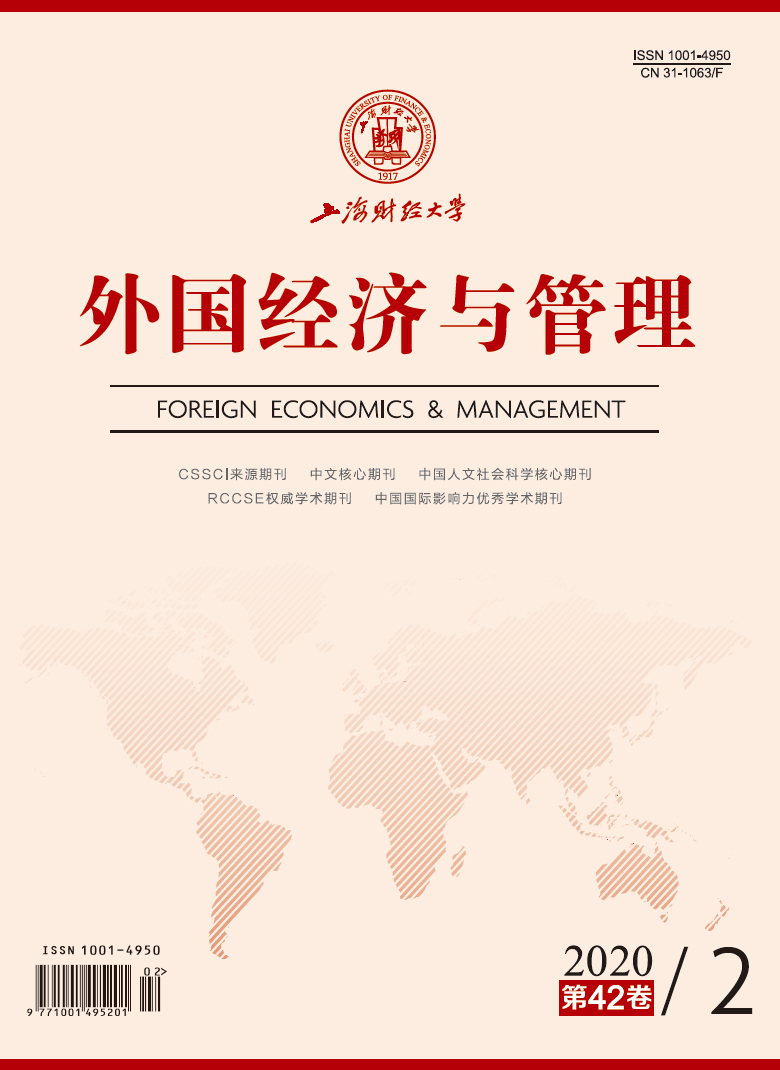消费者是否会接受某个与健康有关的产品如某种健身仪器,往往取决于其对此产品是否会有效(反应效能)和是否易于使用即自己是否能够顺利完成使用过程(自我效能)这两个方面的感知。本文根据心理学的解释水平理论,认为消费者这两方面的感知又与个体高、低解释水平的信息加工方式存在一定的匹配关系。抽象的、去背景化的、与本质和目标相关的高解释水平使个体更关注产品的反应效能,具体的、背景化的、关注表面的低解释水平使个体更关注产品的自我效能。本文通过实验证实低解释水平与强调自我效能的内容呈现方式的匹配以及高解释水平与强调反应效能的内容呈现方式的匹配能够通过感知正确的中介作用提高广告的说服效果。随着生活水平的提高,健康已经成为个人生活的首要关注。本文的研究对于健康品企业的广告策划和内容宣传有较好的实践启示意义。
健康广告的说服力:“有效”还是“会用”更重要?
摘要
参考文献
2 文思思, 李东进, 郑晓莹. 广告信息框架与消费者孤独感交互影响广告说服力的研究[J]. 管理学报,2017, (12): 1819-1828. DOI:10.3969/j.issn.1672-884x.2017.12.010
4 Alter A L, Oppenheimer D M. Effects of fluency on psychological distance and mental construal(or why New York is a large city, but New York is a civilized jungle)[J]. Psychological Science,2008, 19(2): 161-167. DOI:10.1111/j.1467-9280.2008.02062.x
5 Armstrong J S. Persuasion through advertising: A summary of principles[EB/OL]. http://www.Fourps.Wharton.Upeen.Edu/advertising/advertisingprincples%20list.html, 2000.
6 Bandura A. Self-efficacy mechanism in human agency[J]. American Psychologist,1982, 37(2): 122-147. DOI:10.1037/0003-066X.37.2.122
7 Camacho C J, Higgins E T, Luger L. Moral value transfer from regulatory fit: What feels right is right and what feels wrong is wrong[J]. Journal of Personality and Social Psychology,2003, 84(3): 498-510. DOI:10.1037/0022-3514.84.3.498
8 Carmody T P, Vieten C, Astin J A. Negative affect, emotional acceptance, and smoking cessation[J]. Journal of Psychoactive Drugs,2007, 39(4): 499-508. DOI:10.1080/02791072.2007.10399889
9 Cesario J, Grant H, Higgins E T. Regulatory fit and persuasion: Transfer from “feeling right”[J]. Journal of Personality and Social Psychology,2004, 86(3): 388-403. DOI:10.1037/0022-3514.86.3.388
10 Choi H J, Krieger J L, Hecht M L. Reconceptualizing efficacy in substance use prevention research: Refusal response efficacy and drug resistance self-efficacy in adolescent substance use[J]. Health Communication,2013, 28(1): 40-52. DOI:10.1080/10410236.2012.720245
11 Han D, Duhachek A, Agrawal N. Coping and construal level matching drives health message effectiveness via response efficacy or self-efficacy enhancement[J]. Journal of Consumer Research,2016, 43(3): 429-447. DOI:10.1093/jcr/ucw036
12 Higgins E T. Making a good decision: Value from fit[J]. American Psychologist,2000, 55(11): 1217-1230. DOI:10.1037/0003-066X.55.11.1217
13 Janiszewski C, Kuo A, Tavassoli N T. The influence of selective attention and inattention to products on subsequent choice[J]. Journal of Consumer Research,2013, 39(6): 1258-1274. DOI:10.1086/668234
14 Kees J, Burton S, Tangari A H. The impact of regulatory focus, temporal orientation, and fit on consumer responses to health-related advertising[J]. Journal of Advertising,2010, 39(1): 19-34. DOI:10.2753/JOA0091-3367390102
15 Keller P A. Regulatory focus and efficacy of health messages[J]. Journal of Consumer Research,2006, 33(1): 109-114. DOI:10.1086/504141
16 Labroo A A, Patrick V M. Psychological distancing: Why happiness helps you see the big picture[J]. Journal of Consumer Research,2009, 35(5): 800-809. DOI:10.1086/593683
17 Lee A Y, Keller P A, Sternthal B. Value from regulatory construal fit: The persuasive impact of fit between consumer goals and message concreteness[J]. Journal of Consumer Research,2010, 36(5): 735-747. DOI:10.1086/605591
18 Liberman N, Trope Y. The role of feasibility and desirability considerations in near and distant future decisions: A test of temporal construal theory[J]. Journal of Personality and Social Psychology,1998, 75(1): 5-18. DOI:10.1037/0022-3514.75.1.5
19 Malaviya P, Sternthal B. Parity product features can enhance or dilute brand evaluation: The influence of goal orientation and presentation format[J]. Journal of Consumer Research,2009, 36(1): 112-121. DOI:10.1086/595717
20 Mayer N D, Tormala Z L. “Think” versus “feel” framing effects in persuasion[J]. Personality and Social Psychology Bulletin,2010, 36(4): 443-454. DOI:10.1177/0146167210362981
21 Milne S, Sheeran P, Orbell S. Prediction and intervention in health-related behavior: A meta-analytic review of protection motivation theory[J]. Journal of Applied Social Psychology,2000, 30(1): 106-143. DOI:10.1111/j.1559-1816.2000.tb02308.x
22 Pieters R, Wedel M. Attention capture and transfer in advertising: Brand, pictorial, and text-size effects[J]. Journal of Marketing,2004, 68(2): 36-50. DOI:10.1509/jmkg.68.2.36.27794
23 Preacher K J, Rucker D D, Hayes A F. Addressing moderated mediation hypotheses: Theory, methods, and prescriptions[J]. Multivariate Behavioral Research,2007, 42(1): 185-227. DOI:10.1080/00273170701341316
24 Sagristano M D, Trope Y, Liberman N. Time-dependent gambling: Odds now, money later[J]. Journal of Experimental Psychology: General,2002, 131(3): 364-376. DOI:10.1037/0096-3445.131.3.364
25 Schwarz N, Clore G L. Mood, misattribution, and judgments of well-being: Informative and directive functions of affective states[J]. Journal of Personality and Social Psychology,1983, 45(3): 513-523. DOI:10.1037/0022-3514.45.3.513
26 Schwarzer R, Renner B. Social-cognitive predictors of health behavior: Action self-efficacy and coping self-efficacy[J]. Health Psychology,2000, 19(5): 487-495. DOI:10.1037/0278-6133.19.5.487
27 Singh S N, Lessig V P, Kim D, et al. Does your ad have too many pictures?[J]. Journal of Advertising Research,2000, 40(1-2): 11-27. DOI:10.2501/JAR-40-1-2-11-27
28 Spassova G, Lee A Y. Looking into the future: A match between self-view and temporal distance[J]. Journal of Consumer Research,2013, 40(1): 159-171. DOI:10.1086/669145
29 Stanley M A, Maddux J E. Cognitive processes in health enhancement: Investigation of a combined protection motivation and self-efficacy model[J]. Basic and Applied Social Psychology,1986, 7(2): 101-113. DOI:10.1207/s15324834basp0702_2
30 Strecher V J, McEvoy DeVellis B, Becker M H, et al. The role of self-efficacy in achieving health behavior change[J]. Health Education Quarterly,1986, 13(1): 73-92. DOI:10.1177/109019818601300108
31 Trope Y, Liberman N. Temporal construal and time-dependent changes in preference[J]. Journal of Personality and Social Psychology,2000, 79(6): 876-889. DOI:10.1037/0022-3514.79.6.876
32 Trope Y, Liberman N. Temporal construal[J]. Psychological Review,2003, 110(3): 403-421. DOI:10.1037/0033-295X.110.3.403
33 Trope Y, Liberman N. Construal-level theory of psychological distance[J]. Psychological Review,2010, 117(2): 440-463. DOI:10.1037/a0018963
34 Trope Y, Liberman N, Wakslak C. Construal levels and psychological distance: Effects on representation, prediction, evaluation, and behavior[J]. Journal of Consumer Psychology,2007, 17(2): 83-95. DOI:10.1016/S1057-7408(07)70013-X
35 Wang J, Lee A Y. The role of regulatory focus in preference construction[J]. Journal of Marketing Research,2006, 43(1): 28-38. DOI:10.1509/jmkr.43.1.28
36 Witte K. Putting the fear back into fear appeals: The extended parallel process model[J]. Communication Monographs,1992, 59(4): 329-349. DOI:10.1080/03637759209376276
37 White K, MacDonnell R, Dahl D W. It’s the mind-set that matters: The role of construal level and message framing in influencing consumer efficacy and conservation behaviors[J]. Journal of Marketing Research,2011, 48(3): 472-485. DOI:10.1509/jmkr.48.3.472
引用本文
董泽瑞, 杜建刚, 孟陆. 健康广告的说服力:“有效”还是“会用”更重要?[J]. 外国经济与管理, 2020, 42(2): 71-83.
导出参考文献,格式为:





 , 1
, 1 10124
10124  5213
5213

